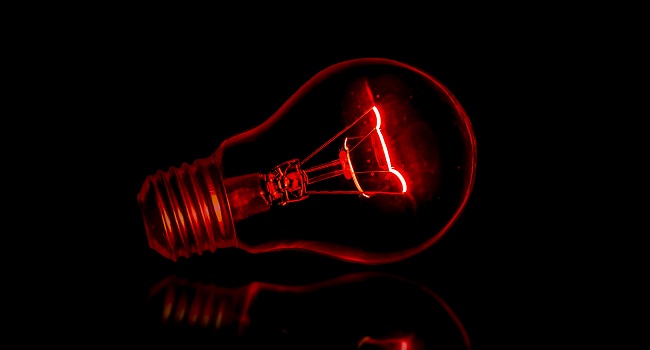Red Light Therapy (RLT) is a fascinating health innovation that has captured the attention of healthcare professionals and wellness enthusiasts alike. This scientifically-backed method leverages the power of low-level wavelengths of red light to penetrate your skin, offering an array of health benefits.
From enhancing skin health to promoting wound healing and tissue repair, the potential of RLT is truly remarkable. This article aims to demystify the science behind RLT and explore the myriad ways it can contribute to our overall well-being. Strap in as we delve into the world of Red Light Therapy and its transformative health implications.
Understanding the Science of Red Light Therapy
Red Light Therapy, also known as low-level laser therapy (LLLT), photobiomodulation, or light box therapy, is grounded in the science of delivering precise wavelengths of red light into your skin. It’s a non-invasive procedure that exposes the body to low levels of red or near-infrared light.
The mechanism of action involves the stimulation of adenosine triphosphate (ATP), the energy-carrying molecule found in the cells of all living things. This stimulation aids in increased cell function, encourages natural cell regeneration, and promotes healing. The process also boosts collagen production, thus enhancing skin health.
Given the non-invasive and painless nature of RLT, its popularity has surged over the years. The therapy has marked its place in the arsenal of skin clinics, physiotherapy centers, and wellness hubs, owing to its wide-ranging therapeutic benefits and minimal side effects. Be sure to research the best red light therapy for body aches and other health concerns to reap the full potential of this innovative treatment. Also, make sure to consult a healthcare professional before incorporating it into your wellness routine.
The Skin-Revitalizing Impact of Red Light Therapy
RLT has garnered attention in the beauty and skincare industry for its potential to enhance skin health. It’s been acclaimed for its ability to combat signs of aging, reduce inflammation, and improve the skin’s overall appearance.
The red light’s ability to penetrate deep into the skin layers encourages the production of collagen and elastin, two key proteins responsible for skin elasticity and firmness. Furthermore, RLT can help combat acne by reducing inflammation and increasing the production of fibroblasts, cells that play a critical role in wound healing.
In addition to these benefits, RLT can potentially help with conditions like psoriasis and eczema by reducing inflammation and promoting skin healing. The therapy offers a non-invasive and drug-free alternative for managing various skin conditions, making it a viable option for individuals seeking natural skincare solutions.
Red Light Therapy for Pain and Inflammation
Beyond its skin-enhancing benefits, RLT has also shown promise in managing pain and inflammation. It’s been found effective in treating conditions such as arthritis, back pain, and neck pain. The therapy works by reducing oxidative stress and increasing circulation, which aids in pain relief and promotes healing.
RLT also helps in reducing inflammation by influencing the body’s inflammatory response at a cellular level. This process aids in reducing pain and stiffness associated with various chronic conditions. Moreover, RLT can potentially promote muscle recovery and enhance physical performance, making it a valuable addition to the regime of athletes and fitness enthusiasts.
Pain management without relying on medication is a significant advantage of RLT. Especially for chronic conditions, where long-term medication use might lead to side effects, RLT offers a natural and non-invasive alternative for pain relief.
Red Light Therapy for Mental Well-being
While the physical benefits of RLT are widely recognized, its potential contribution to mental well-being is an emerging area of interest. Recent studies suggest that RLT may play a role in alleviating symptoms of depression and anxiety.
The therapy is thought to influence the function of the mitochondria, the powerhouses of our cells, enhancing their ability to produce ATP. This process could potentially influence brain functions, leading to improvements in mood and cognition.
Furthermore, RLT’s potential to help regulate sleep patterns might hold significance for mental health. Good quality sleep is essential for mental well-being, and sleep disruptions can exacerbate mental health conditions. By helping to regulate sleep, RLT could contribute to better overall mental health.

In the rapidly evolving landscape of health and wellness, Red Light Therapy (RLT) emerges as a promising and innovative treatment method. Its wide-ranging benefits, from skin health enhancement to pain management and potential contributions to mental well-being, underscore its versatility and potential.
RLT offers a non-invasive, drug-free alternative for treating various conditions, which is particularly appealing in our current era where there’s a growing preference for natural and holistic wellness solutions. As science continues to uncover the potential of RLT, it’s clear that this therapy holds significant promise for the future. However, as with any treatment, it’s crucial to consult with a healthcare professional before integrating RLT into your wellness regime to ensure safety and efficacy.


















